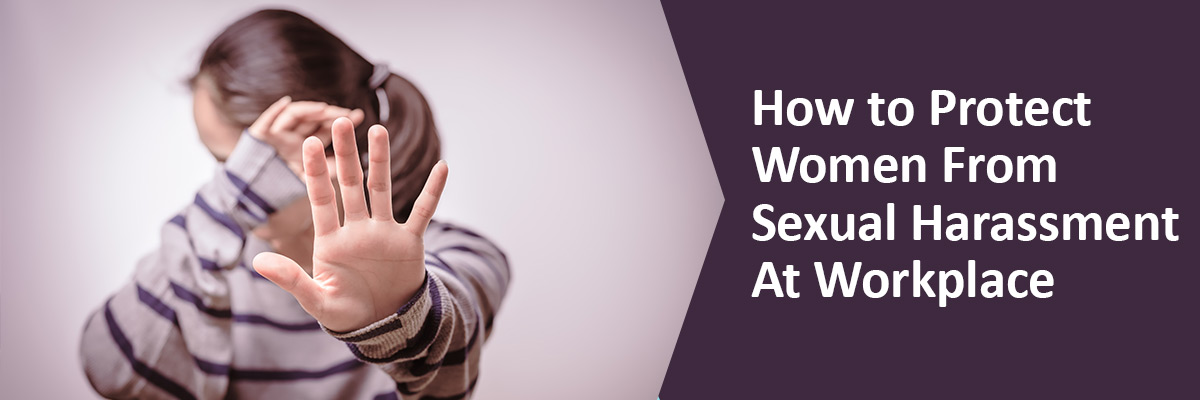Sexual harassment at workplace is no more frowned upon; it has become more of a common problem facing women workers; be it in offices, factories or other places. It is an universal problem in developing, developed as well as underdeveloped countries. It is indeed a serious problem that not only makes women workers feel vulnerable at workplace, but also tarnishes the image of the company and drags down productivity. However, everything is not lost; women have the law in their side to protect themselves.
Types Of Sexual Harassment
Here are the different types of sexual harassment at the workplace:
- Actual or attempted sexual assault.
- Sexual exploitation
- Trafficking
- Cyber harassment
- Voyeurism
- Debasing sexual imagery
- Indecent posture or gesture
- Stalking
- Sexual harassment
Sexual Harassment As An Offence
Women in USA derive their right against sexual harassment from the Civil Rights Act of 1964 which guarantees against discrimination for being a woman. The Equal Employment Opportunity Commission states that it is illegal to harass a job applicant or an employee due to the person’s sex. Harassment may include undesirable sexual advances, sexual harassment, requests for sexual favors as well as sexually-tinged physical or verbal abuse. In fact, it may also include offensive comments about a particular woman or women in general while alluding to a particular woman.
What is significant about the Commissions observations is that it does not consider men to be the sole perpetrators of sexual harassment of women at workplace. In fact, even a woman may harass a woman, and if that borders on sexual harassment, it comes under the purview of sexual harassment at workplace. However, stuff like offhand comments, simple teasing, or isolated and purportedly trivial incidents don’t come under the purview of the commission. Harassment is considered as illegal only when it is so severe in intensity or frequent in occurrence that it results in an adverse decision by the administration like demoting or firing the victim or it creates a hostile environment in the workplace. The person accused of harassment can be a co-worker, a supervisor, or even an outsider such as a customer.
Yet, it has not been possible to put a stop to sexual harassment at workplaces, as the Harvey Winstein episode has revealed. Laws for acting against sexual harassment are different in different states of USA. While some states are strict and have specific laws against sexual harassment and assault, other states seem to be casual about it. Some states have also enshrined guidelines of practices to be followed by companies to prevent and report sexual harassment at workplace. But there are some states which have not put in place any checks to prevent sexual harassment at workplaces.
Conclusion
Nevertheless, if a particular incident of sexual harassment comes under the purview of quid pro quo or hostile work environment, most of the companies have a policy in place to report the incident. Quid pro quo refers to decisions about hiring, firing or promoting in return for sexual favors and hostile work environment refers to one where the employee is unable to continue working.


